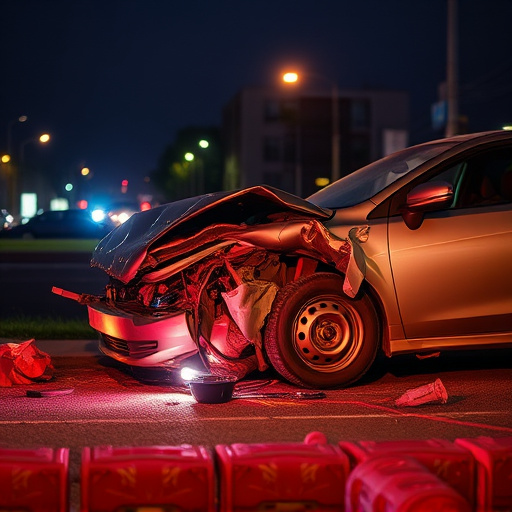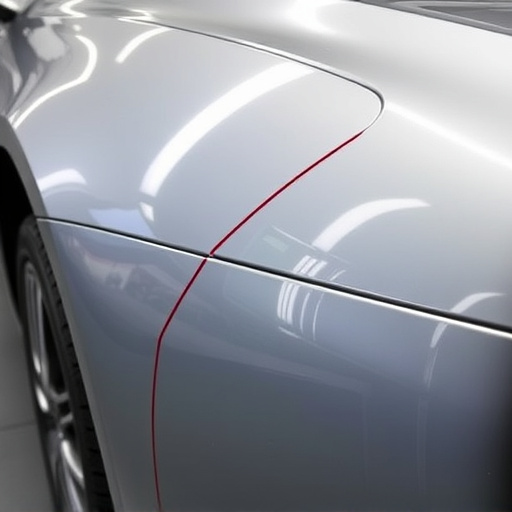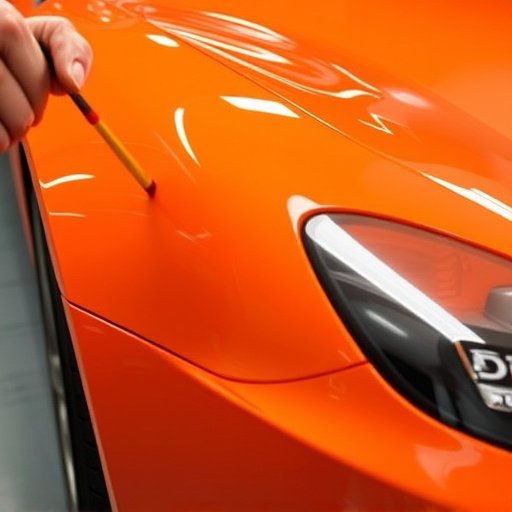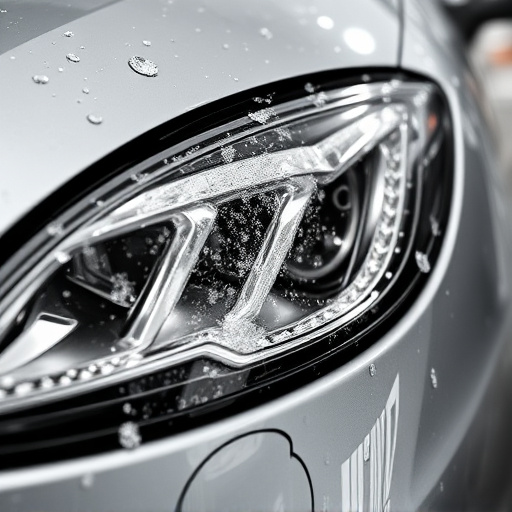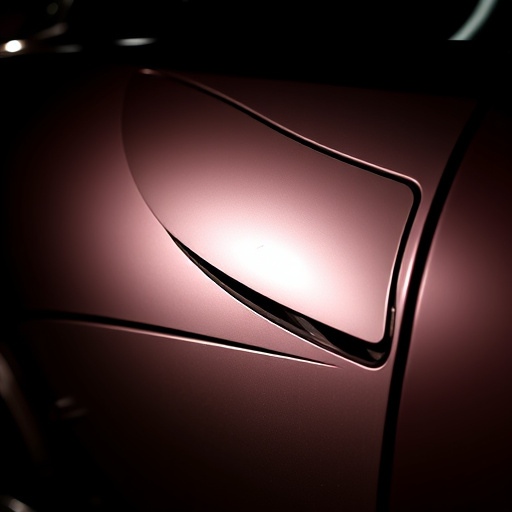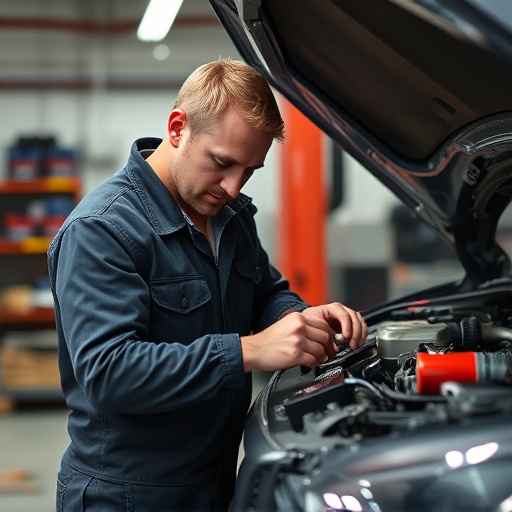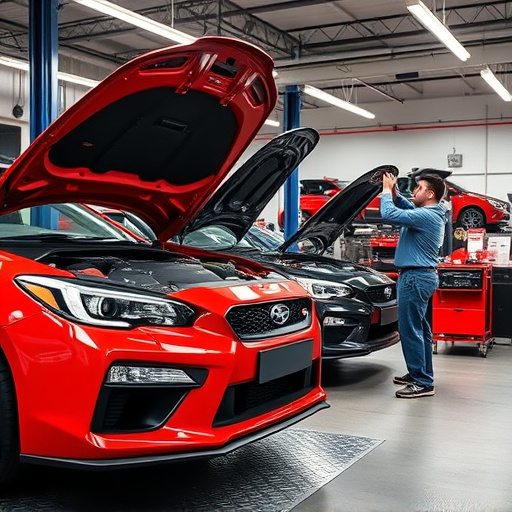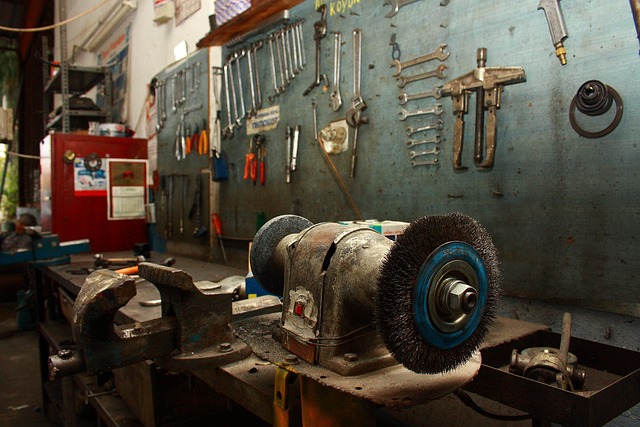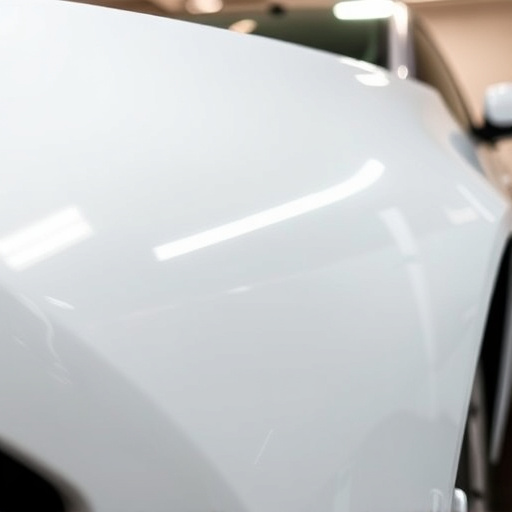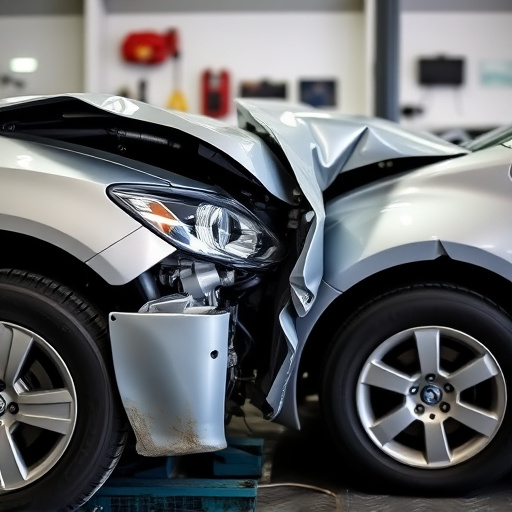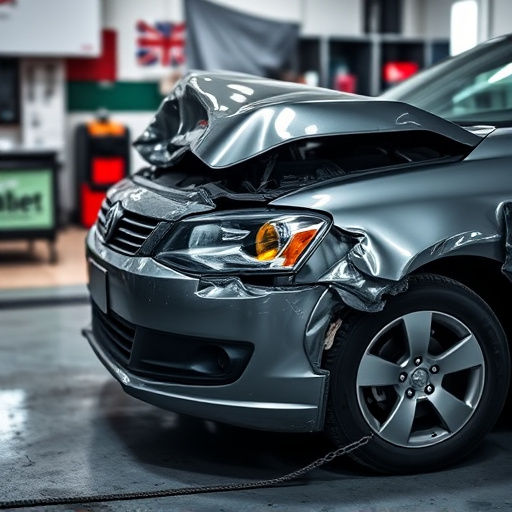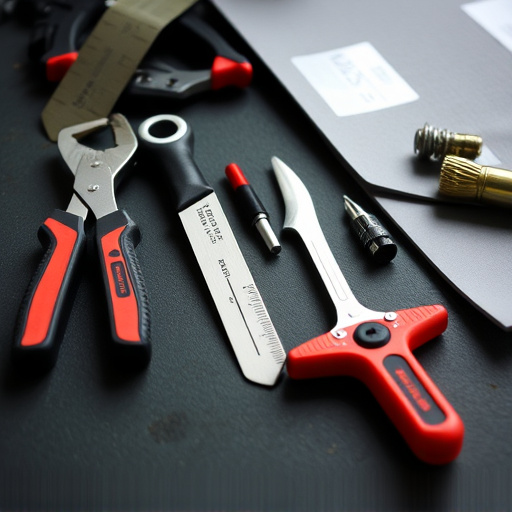3D car scanning technology revolutionizes automotive repairs and restoration, offering unprecedented precision through sensor-based data capture of vehicles' detailed 3D replicas. This method minimizes human error in tasks like Mercedes Benz repair and auto painting, ensuring flawless results, especially for matching original paint jobs on vintage or classic cars. By providing accurate digital models for inspection from every angle, this technology enhances alignment integrity, saves time, reduces costs, and improves overall quality of auto body work, making it an indispensable asset for modern automotive body shops.
“Discover the transformative power of 3D car scanning technology as it revolutionizes the automotive industry. This advanced process goes beyond traditional measurement methods, offering an unprecedented level of accuracy and detail. In this comprehensive guide, we explore the intricacies of 3D car scanning technology and its pivotal role in verifying alignment integrity. From understanding the technology’s fundamentals to uncovering its diverse applications, this article promises an insightful journey into the future of automotive precision.”
- Understanding 3D Car Scanning Technology: A Comprehensive Overview
- The Role of 3D Scanning in Ensuring Alignment Integrity
- Benefits and Applications: Revolutionizing the Automotive Industry with 3D Car Scanning
Understanding 3D Car Scanning Technology: A Comprehensive Overview
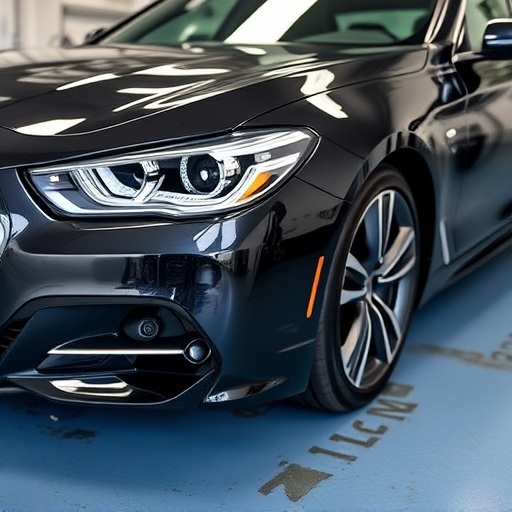
3D car scanning technology has revolutionized the way we approach automotive repairs and restoration. This advanced system utilizes sophisticated sensors to capture precise 3D data of a vehicle’s exterior, creating an accurate digital replica. By mapping every curve, contour, and detail, it offers an unparalleled level of understanding for professionals in the field, particularly those engaged in mercedes benz repair or auto painting.
The process involves scanning the car from multiple angles to gather a complete set of data points, which are then processed using specialized software. This technology ensures minimal room for human error, enhancing accuracy during complex tasks such as automotive repair. With its ability to capture intricate details, 3D scanning can even aid in matching original paint jobs precisely, ensuring a flawless finish when restoring vintage or classic cars.
The Role of 3D Scanning in Ensuring Alignment Integrity
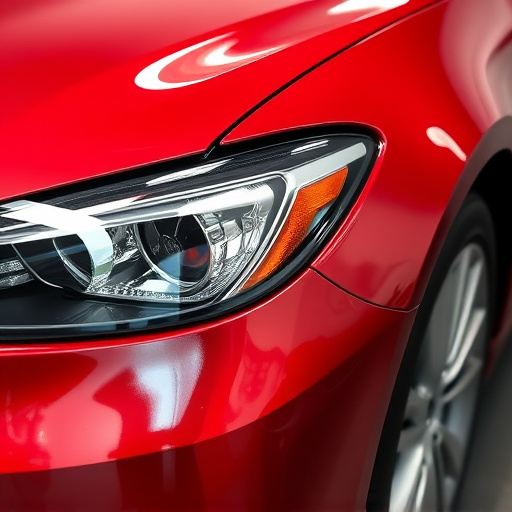
The integration of 3D car scanning technology has revolutionized the way we ensure alignment integrity in automotive body work. Traditional methods often relied on manual measurements and adjustments, which were time-consuming and prone to human error. With 3D scanning, a detailed digital model of the vehicle is created, allowing for precise analysis of any deviations or misalignments. This technology enables auto body shops to catch issues that might go unnoticed during conventional inspections.
For fleet repair services, this advancement is particularly valuable as it ensures consistent and accurate repairs across an entire fleet of vehicles. By using 3D scanning, technicians can quickly compare the current state of a vehicle against original specifications or previous repair records, identifying any discrepancies in alignment. This proactive approach not only enhances the quality of auto body work but also saves time and reduces costs associated with re-doing repairs due to misalignment issues.
Benefits and Applications: Revolutionizing the Automotive Industry with 3D Car Scanning
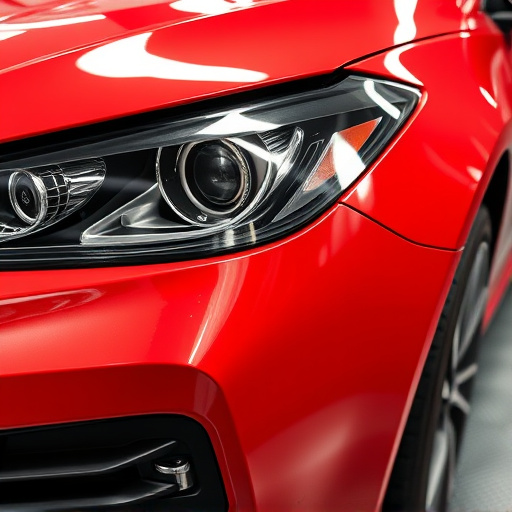
The automotive industry is witnessing a significant transformation with the advent of 3D car scanning technology, offering numerous benefits and applications that are revolutionizing various sectors. This cutting-edge tool provides an accurate digital representation of vehicles, enabling thorough inspection and analysis from every angle. By capturing intricate details, 3D scanning ensures that even the subtlest imperfections or discrepancies in alignment are detectable, thus enhancing quality control measures.
One of the key advantages lies in its versatility; 3D car scanning is not limited to manufacturing alone. Body shop services can greatly benefit from this technology as it facilitates precise measurement and repair, ensuring vehicles return to their original specifications after auto maintenance or accident repairs. It streamlines processes, reduces human error, and promotes efficiency, making it an indispensable asset for modern automotive body shops.
